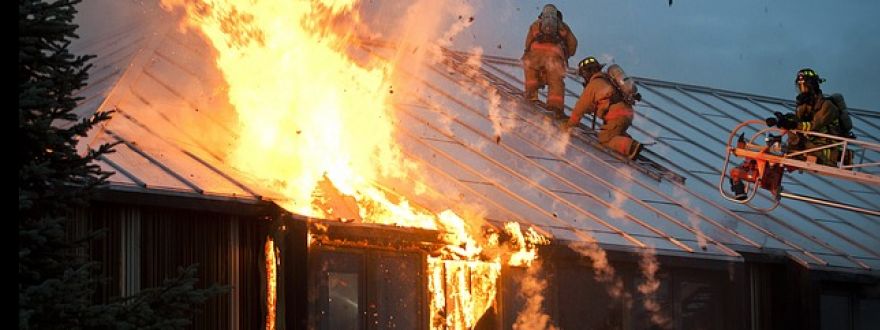
A condominium association board is meeting today to try and figure out what to do about the condemned 4 unit building in their complex. 3 months ago, a fire in one of the units burned and destroyed the unit it started in, the adjacent unit, and partially damaged a third unit before the fire department put it down.
The reason for the meeting: How the association is going to come up with $450,000 that it will require to rebuild the entire $1M building. How have they come to find themselves dealing with this challenge?
In the town the complex is located, building code requires that when a loss occurs in a building over a certain age and requires reconstruction of 50% or more of that building, the entire structure needs to be demolished. That’s ok, right? Because clearly there was a fire. Clearly the fire caused the damage! Insurance should pay for the entire building. Maybe.
In the standard Commercial Property policy, the causes of loss are defined. Most policies these days use the special form, which says all causes of loss are covered except those that are excluded. The standard form includes an exclusion for government action. In the above example, the fire damaged 55% of the building and insurance would normally respond to reconstruct that 55%. However, because the building code requires the demolishing of the remaining portion of the building, that cause of loss for the remaining 45% is the government, which is excluded. Not a good situation to be in. There is a remedy to keep this from happening.
There is an optional coverage available called “Ordinance and Law” coverage. This coverage is specifically designed to deal with these situations in buildings that are a little older and the building code has evolved. Many policies may have some of this bundled in a package with the policy they provide, however care must be taken to understand the limits provided are adequate for the situation.
Additionally, there could be situations where the building code doesn’t require demolishing of the remaining part of the building but instead requires updating to current code in order to rebuild. That could mean things like installing sprinkler systems and upgrading fire walls between units. These could be very costly. Ordinance and Law coverage will provide limits for those situations as well.
What should you do to avoid this challenge?
- Contact your local building code officials and determine whether these ordinances are in place and the limits they set for damage before triggering required compliance and demolition.
- Check your current policies for Ordinance and Law coverage and determine the limits that might be needed based on the conversation with code officials.
- Make sure the reconstruction cost in the declarations of your policy is accurate for current construction costs. Depending on the current construction market, these can vary vastly and differ from market value.
The condo board has a tough choice ahead of it. Commercial building owners will have similar challenges as well. Give the Agency a call if you would like to discuss this in greater detail.
Ken Wilcox - kwilcox@viallins.com






